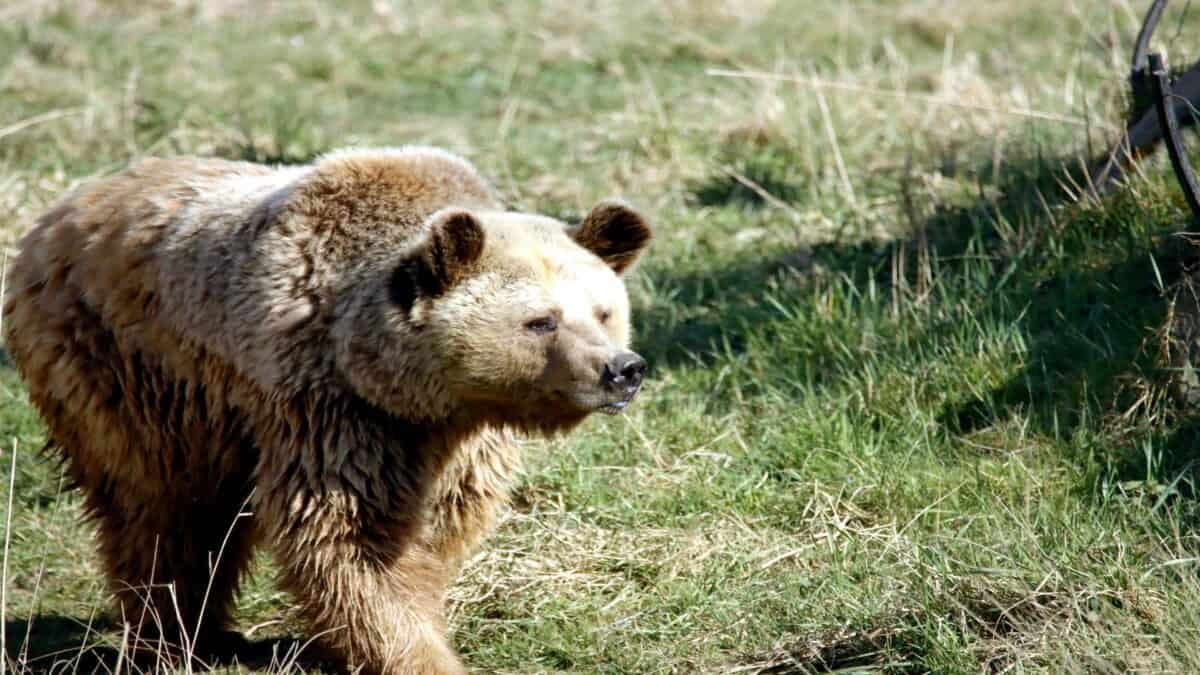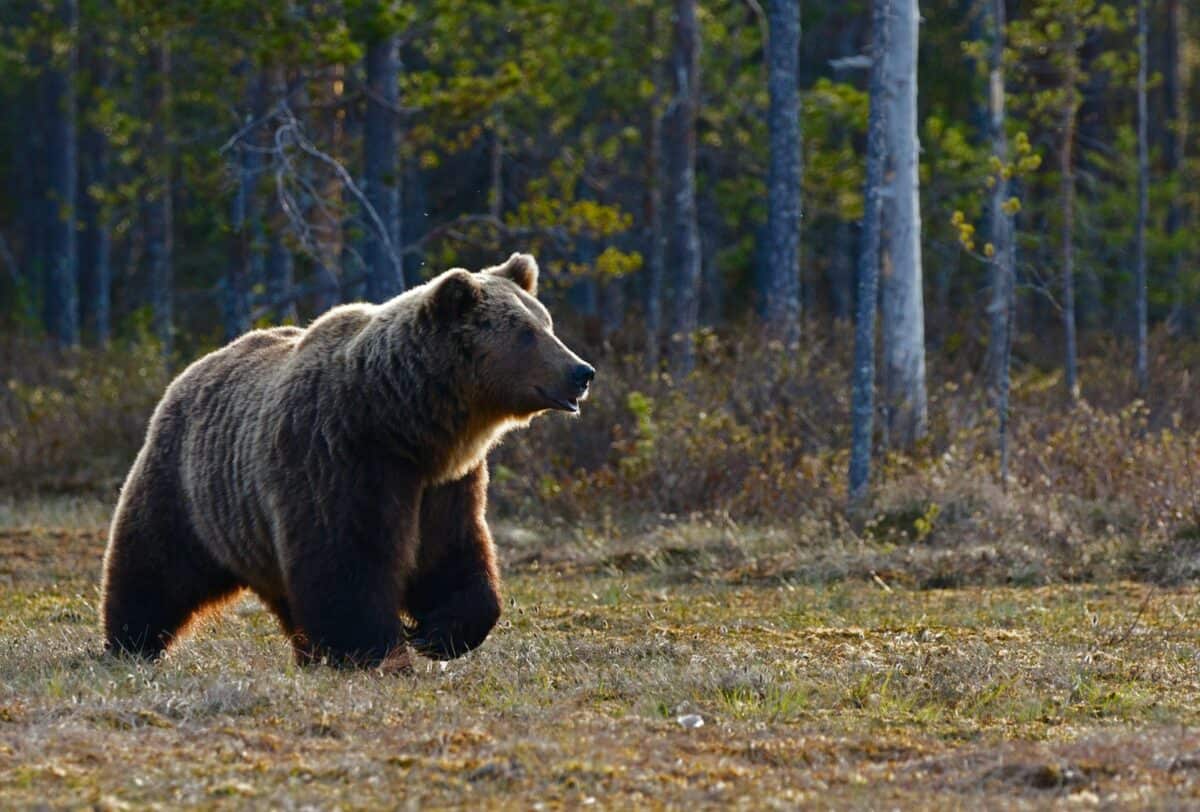The majestic landscapes of Yellowstone National Park are renowned for their incredible wildlife and breathtaking scenery. Among its most iconic residents, the grizzly bears hold a special place in the region’s ecosystem. Over recent years, there has been a remarkable resurgence of these powerful creatures in Yellowstone, casting a spotlight on their behavior, interactions, and the ongoing efforts to preserve their natural habitat. Dive into the details of the grizzly bear’s presence in Yellowstone and the implications of their comeback.
The Historical Presence of Grizzlies in Yellowstone

Grizzly bears have roamed the expansive terrains of Yellowstone for centuries, integral to the park’s ecology and culture. Historically, their presence has not only symbolized the wild and untamed spirit of the region but also been a critical component of its environmental balance. Following periods of decline due to hunting and habitat encroachment, these bears have made a notable comeback, celebrating their status as a major predator in the park.
The Comeback Story Grizzlies in Yellowstone Today

The resurgence of grizzly bears in Yellowstone is nothing short of remarkable. Thanks to conservation efforts and legal protections, their numbers have increased significantly, reaching over 700 individuals today. This resurgence is a testament to the dedicated efforts of conservationists and the resilient spirit of nature itself.
Impact of Grizzlies on Yellowstone’s Ecosystem

Grizzly bears play a pivotal role in maintaining the ecological balance of Yellowstone. As apex predators, they help control the populations of elk and other herbivores, which in turn affects plant life and overall biodiversity. Their foraging behavior aids in seed dispersal, further contributing to the health of the park’s flora.
Grizzlies and the Yellowstone Food Chain

Occupying the top of the food chain, grizzlies have a complex diet that includes berries, roots, fish, and small mammals. Their eating habits influence the population dynamics of various species, showcasing their importance in the ecosystem. During salmon runs or bison calving seasons, grizzlies have more abundant food sources, which influences their movements and behavior.
Behavioral Patterns and Social Structure

Grizzlies are primarily solitary animals, known for their strong territorial behavior. During mating season and in rich food environments, they may interact more frequently. Grizzlies communicate through vocalizations, scent marking, and body language, establishing social hierarchies and defining territory.
Adaptations and Survival Strategies

Yellowstone grizzlies are equipped with numerous adaptations that aid their survival. Their keen sense of smell helps in locating food sources over vast distances, while their formidable physical strength and speed allow them to hunt and defend against threats effectively. Seasonal hibernation is another vital strategy, helping them conserve energy during harsh winters.
Human and Grizzly Bear Interactions

The increasing number of grizzlies in Yellowstone has led to more frequent interactions with humans. Park visitors are advised to adhere to safety guidelines, such as maintaining a safe distance and securing food sources to prevent encounters. Education and awareness play crucial roles in minimizing conflict and ensuring the safety of both bears and humans.
Conservation Efforts and Challenges

Conservationists continue to face challenges in managing the grizzly bear population, balancing ecological needs with human interests. Protecting bear habitats, reducing human-wildlife conflict, and conducting research are key aspects of ongoing conservation efforts. Success in these areas requires collaboration between government agencies, NGOs, and local communities
Climate Change Impact on Grizzly Bears

Climate change poses a subtle yet significant threat to grizzly bears in Yellowstone. Changes in temperature and precipitation patterns affect the availability of food sources, such as berries and whitebark pine seeds. Understanding and mitigating these impacts are critical to ensuring grizzlies continue to thrive.
Grizzlies as a Tourist Attraction

The presence of grizzlies greatly enhances the appeal of Yellowstone for visitors, offering a unique wildlife viewing experience. Seeing these magnificent creatures in their natural habitat is a draw for nature enthusiasts worldwide, contributing to local tourism and economic growth in surrounding communities.
Future Prospects Sustaining the Grizzly Population

The future of Yellowstone’s grizzly bears hinges on effective management practices that account for both conservation needs and human interests. Continuous research, adaptive management, and community engagement will be vital in ensuring a balanced and thriving ecosystem for years to come.
The Symbolic Importance of Grizzlies

Beyond their ecological role, grizzly bears hold a deep cultural and symbolic significance for many Native American tribes and local communities. They are seen as spiritual guides and symbols of strength, resilience, and the power of nature.
Conclusion: The Resilient Spirit of Yellowstone’s Grizzlies

The recovery of grizzly bears in Yellowstone National Park is a powerful testament to conservation success and the enduring resilience of these majestic animals. As they roam the expansive terrains of the park, they continue to inspire awe and respect, reminding us of the vital connections that bind humans, animals, and the environment. Ensuring their continued survival will require diligence, innovation, and a deep respect for the natural world.
- 12 Animals That Survive in Total Darkness - August 16, 2025
- 13 Animals That Thrive in U.S. Cities - August 16, 2025
- 10 Most Colorful Animals in Nature - August 16, 2025

